#decorative arts
Explore tagged Tumblr posts
Text







Decorative Sunday
We've made several posts about paste papers, but never one that explains the complete process and technique. This small accordion book (4"x4"; 10x10 cm), Making Paste Papers by noted American paper artist Diane Maurer (b, 1944), made at her home studio in Spring Mills, Pennsylvania with original paste-paper samples in 1992 signed by the artist, does just that. It offers simple, step-by-step instructions on how to make paste papers from mixing the paste to finishing the paper.
Maurer is noted for a variety of paper arts, but she writes, "Although I am known for my books and decorative papers, my focus for many years has been on creating paper collage. I begin my collages by marbling, paste painting, and dyeing paper to create the colors and textures that are essential to my artwork. Then I tear, cut and combine multiple layers of patterned papers with handmade papers to represent surrealistic landscapes and fanciful seascapes. Most have considerable dimension, approaching paper sculpture."
Recently, Maurer was invited to become part of the MET's Paper Legacy Project for which she handcrafted 40 papers, including traditional marbling, Japanese Suminagashi marbling, and paste papers.
Our copy of this book is another donation from the estate of our late friend Dennis Bayuzick.
View more of our posts on paste papers.
View more posts on decorative papers.
View more Decorative Sunday posts.
#Decorative Sunday#decorative arts#decorative plates#paste papers#paste paper#making paste papers#Diane Maurer#decorative paper#Dennis Bayuzick#paper samples#paste paper samples
152 notes
·
View notes
Text




▪︎ Cameo: Venus and Love, Lid of a Cup.
Date: 1600-1700
Artist: Giovanni Ambrogio Miseroni
#decorative arts#history of art#18th century art#history#art#17th century#18th century#17th century art#venus#love#lip of a cup#cameo#Giovanni Ambrogio Miseroni
70 notes
·
View notes
Text

A drawing room interior in the French manner, indistinctly signed, c. late 19th century, oil on canvas.
#oil on canvas#oil painting#domestic interior#french school#french art#french artist#19th century art#19th century#art#interior#artwork#painting#interior design#period design#drawing room#decorative arts#decor#fin de siecle#nineteenth century interior#French interior#period decor#art history
28 notes
·
View notes
Text

Sauce tureen shaped like an Asiatic dormouse
Made in Jingdezhen, China; about 1745
Spotted at the “Outside In: Nature-inspired Design at Winterthur” exhibition
#animals in art#museum visit#exhibition#ceramics#18th century art#Winterthur#Asiatic dormouse#dormouse#tureen#decorative arts#Chinese art#East Asian art#Asian art
6K notes
·
View notes
Text

Swan, Rush, and Iris (design for a dado wallpaper), Walter Crane, 1875
#art#art history#Walter Crane#animals in art#swans#waterfowl#decorative arts#British art#English art#19th century art#Victorian period#Victorian art#gouache#watercolor#V&A Museum#Victoria and Albert Museum
3K notes
·
View notes
Text

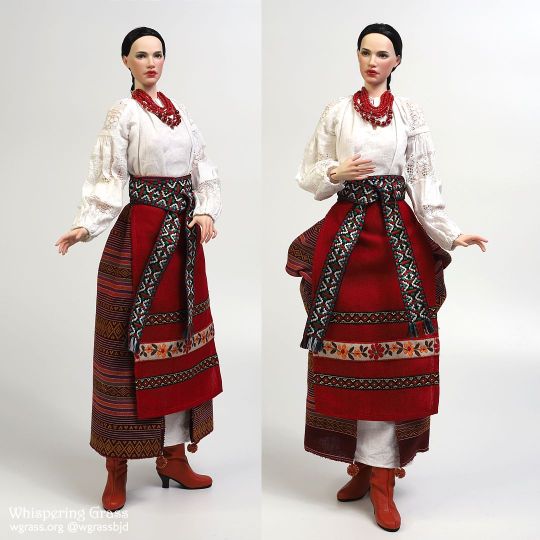



Ukrainian traditional outfit on my Whispering Grass Cornelia.
The most tricky part is to find in-scale fabrics and findings with a proper patterns for this kind of costume. Embroidery on the shirt is imitated with a lace. The doll is 45 cm high and is available as fullset for purchase.
#bjd#crafts#art#ball-jointed doll#bjd makeup#ukrainian#ukraine#ukrainian art#decorative arts#vyshyvanka#doll boots#doll art#dolls#fashion dolls#doll collector#doll community#doll collection#dollblr#doll photography#ball jointed doll
563 notes
·
View notes
Text

~ Unguentarium.
Date: A.D. 1st-2nd century
Period/Culture: Roman Imperial
Medium: Transparent, almost colorless, slightly greenish glass.
#ancient#ancient art#unguentarium#roman#decorative arts#glassware#glass#roman imperial#a.d. 1st century#a.d. 2nd century#history#archeology#museum
620 notes
·
View notes
Text

Elevator doors, One LaSalle, Chicago
Original photo
354 notes
·
View notes
Text


Pendant (1575-1625).
Rock crystal, verre eglomise and silver.
Image and text information courtesy Smithsonian American Art Museum.
178 notes
·
View notes
Text

today i learned that Rockwell Kent designed a full dinner service inspired by his illustrations for Moby-Dick. and tomorrow? tomorrow i will be several thousand dollars poorer.
#jk the auction ended 3 years ago#Moby-Dick#Rockwell Kent#decorative arts#lbr the sugar bowl is the best part#i’m sure i have $3000 around here somewhere#oh to dine on my Moby-Dick dinnerware every night and day
182 notes
·
View notes
Text

Philippe Wolfers -The Vampire (1899)
#the vampire#philippe wolfers#art nouveau#1899#belt buckle#jewel#jewels#vampire#vampire art#bat wings#decorative arts#art#gothic#gothic aesthetic#goth aesthetic#goth#vampire aesthetic
2K notes
·
View notes
Text
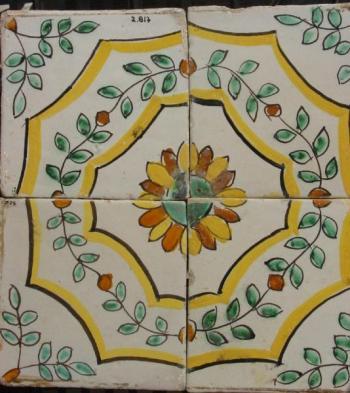

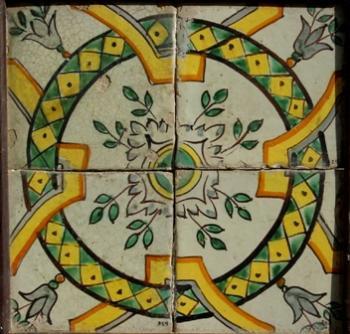
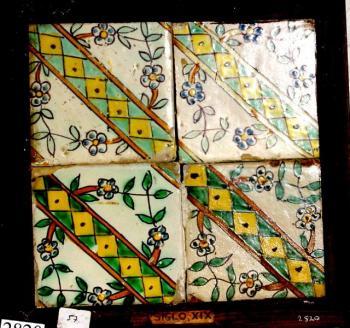

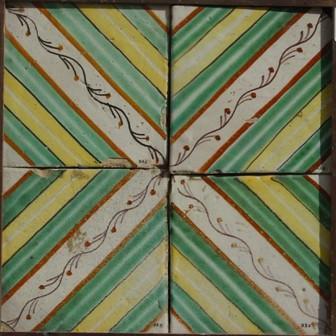
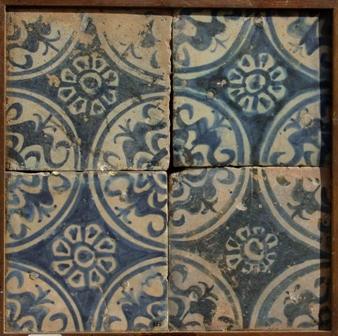



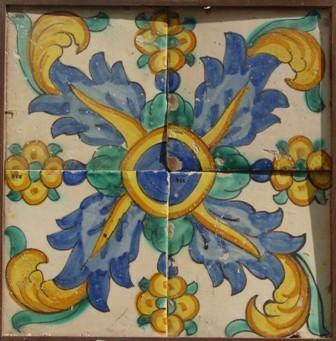

18th century tiles from Arenys de Mar (Barcelona Metropolitan Ambit, Catalonia).
Source: Museu d'Arenys de Mar.
#ceramics#tiles#arts#crafts#18th century#decorative arts#baroque#folk art#arenys de mar#catalonia#europe#1700s#18th century art#aesthetic#arts and crafts#arts & crafts#ceramic#ceramic tiles
511 notes
·
View notes
Text

▪︎ Puppy with a Slice of Dried Salmon.
Artist: Totoya Hokkei (Japanese, 1780–1850)
Date: 1825 (Year of the Rooster)
Medium: Surimono, shikishi-ban; polychrome woodblock print with light gauffrage.
#19th century#19th century art#art#history#decorative arts#history of art#painting#dog#salmon#dog with a pice of salmon#totoya hokkei#year of the rooster#1825#surimono#japan#japanese art#asian arts
71 notes
·
View notes
Text

Interior, Gough House, attributed to Marianne Rush, undated (pre-1814), watercolor.
#marianne rush#gough house#chelsea#19th century#19th century art#interior#art#painting#interior design#period design#watercolor#london#kensington library#female artist#18th century#18th century art#architecture#design#english art#neoclassical#period interior#hall#decor#period decor#decorative arts#art history#english interior
31 notes
·
View notes
Text
For #InternationalCatDay 😻

Richard H. Recchia (American, 1885 – 1983) Persian Cat, 1931 Bronze, black patina, lost wax cast 49.53 x 26.03 x 30.48 cm (19 1/2 x 10 1/4 x 12 in.) Museum of Fine Arts, Boston 1984.746
#animals in art#cat#cats in art#sculpture#bronze#metalwork#decorative arts#20th century art#1930s#modern art#American art#Museum of Fine Arts Boston#animal holiday#International Cat Day
4K notes
·
View notes